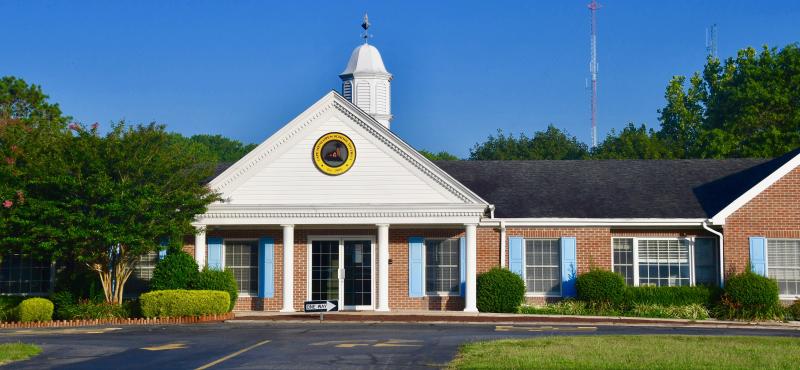School choice application deadline set Jan. 12
Five times more students choice into the Cape Henlopen School District than choice out into other districts, according to data provided by Cape Assistant Superintendent Jenny Nauman.
Of the 6,078 students enrolled in Cape schools as of the Sept. 30, 2021 unit count, 251 are students who live in other districts and attend Cape through school choice.
An additional 182 students reside in the Cape district but attend a school outside the attendance zone of their primary residence; for example, an elementary student who lives in Rehoboth but attends school in Milton.
All told, 433 Cape students are choice students from other districts or from within the district. Indian River School District has the most students who choice into Cape schools at 170, followed by Milford with 61.
In addition to those nearby districts, students from Woodbridge, Laurel, Caesar Rodney, Capital, Lake Forest, Delmar, Seaford, Smyrna and Colonial districts have choiced into Cape.
Citing data from the Sept. 30 unit count, Nauman said 51 students who reside in the Cape district have choiced out to another regular school district.
While National School Choice Week is observed Jan. 23-29, in Delaware, the application window for parents to apply for their children to attend their school of choice closes Wednesday, Jan. 12.
The application form is provided by the Delaware Department of Education and submitted via the Data Service Center at schoolchoicede.org.
Parents may apply to multiple districts, which must notify parents of their child’s invitation status by Monday, Feb. 28. Parents must choose one school by Friday, March 18.
According to Cape district policy, students who meet criteria will be accepted until there is a lack of capacity in each school and program. Students who meet criteria but aren’t selected due to a lack of capacity are placed on a ranked waiting list until the first day of school.
Lack of capacity means that the school calculates projected enrollment for the following academic year to be at least 85 percent of its capacity.
Mark Dufendach of Cape’s finance office said when school choice was first initiated in Delaware, the intent was for “the money to follow the child.”
“This means that once a student is accepted and enrolled in another school district, the enrolling district receives the state and local funds generated by that student,” Dufendach said.
For state funding, the district of choice is allowed to count that student in its Sept. 30 unit count calculations and receives state resources to meet the education needs of that student, Dufendach said.
To receive local revenues to serve that student, Dufendach said there is an inter-district billing process whereby the district of residence must send the district of choice the calculated per-pupil local expenditure amount for that student.
“So that again, the funding follows the student,” Dufendach said. “There are some additional complexities because the sending and receiving districts have different calculated amounts for their local share of per-student costs.”
To resolve the disparity, the serving district counts that student in their unit count and receives state resources earned by that count from a special fund, Dufenbach said. Per-student local funds move with the student through a billing process in which the sending district pays the receiving district the calculated per-student amount.
“The entire process is managed through DOE, and all the various student movements result in one final net bill between districts,” Dufendach said.
Parents who live outside the Cape district boundary whose children choice into Cape from other districts are ineligible to vote in Cape school board elections and referendums, Nauman said.




















































